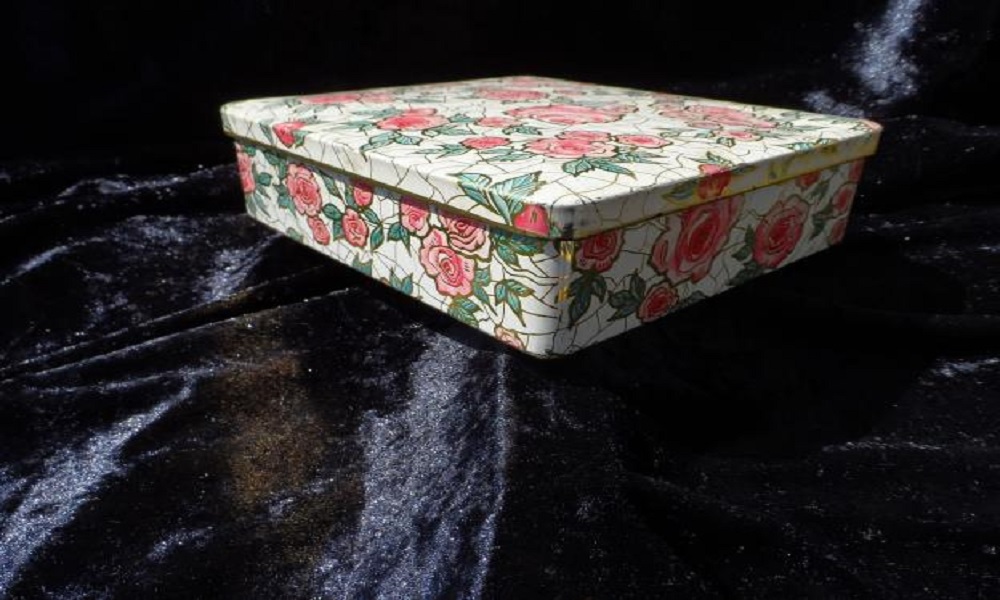In Minnesota, where approximately 718 self-storage facilities cater to the storage needs of residents, safeguarding belongings from the region’s unique climate challenges is a top priority. Minnesota’s picturesque landscapes and changing seasons are a double-edged sword, as they bring the risk of excess moisture and the persistent threat of mold to anyone using storage facilities or their own storage space.
In this comprehensive guide, “How to Protect Your Belongings from Moisture and Mold in Storage,” we offer tailored strategies for dealing with Minnesota’s climate. Whether you’re renting space in one of the many storage facilities or utilizing your own, it’s crucial to understand how to protect your belongings effectively. From selecting the right storage location to implementing moisture-absorption solutions, we provide the knowledge and tools necessary to ensure your cherished possessions remain safe and mold-free. With the information in this guide, you can conquer Minnesota’s climate challenges and safeguard your items throughout the year.
1. Invest in a Self-Storage Facility
Greenwood is located in the state of Minnesota, which is known for its extreme seasons. With the harsh winters and sweltering summers, there’s some risk in storing delicate items at home. With housing costs on the rise in this state, many Greenwood residents are utilizing all their space.
Those who want to protect their belongings from damage in storage might want to consider a self-storage unit. Many such units are climate-controlled and airtight, which goes a long way in preventing mold and moisture. When you invest in the best storage Greenwood MS has to offer, stay alert for these features:
- A large enough size to hold everything without overstuffing it. This guide to storage unit sizes might help.
- Air-conditioning and dehumidifiers
- Temperature-control devices that can further prevent mold growth
- The possibility of additional upgrades like more vents or AC
2. Protect All Items before Storing
Even if you get a perfectly climate-controlled storage unit, packing your items is an essential step. Here are some points to keep in mind:
- Keep the items a little above the ground; use shelving or pallets for this purpose. It will help to prevent moisture seepage even if there are any leaks or unexpected condensation
- Properly pack and seal each item; consider getting waterproof boxes and using silica gel packets
- For more protection, wrap the items in heavy-duty plastic wrap
- Make sure the items are completely dry before packing them away
- Leave some room in the storage unit for proper air circulation
- Check the storage unit regularly; inspect the items on each visit and address any possible issues right away
3. Install a Vapor Barrier
A vapor barrier can make a storage area free of dampness and moisture. You can use this by using foil or polyethylene plastic on the warm side of the unit. This layer should be under the unit’s floor too. Here are some tips to remember while taking this step:
- The barrier will prevent moisture from seeping inside the storage unit, thus preventing mildew and mold growth
- Such barriers are relatively easy to find in hardware stores
- Organize your storage area before installing the barrier
Vapor barriers are above the top types of insulation we should know about when storing any items. Whether you’re utilizing space at home or investing in external storage, these barriers can lower the risk of damage.
4. Get a DIY Drying Agent
Several moisture-absorbent options can protect your items. You need to be especially careful when storing liquids, especially if the storage unit isn’t climate-controlled. Here are some DIY options for drying agents:
- Silica gel: you might already have a collection at home (from empty medicine bottles or clothes packaging); if not, try the nearest home improvement store. Stitch the silica gel into a small pouch and you’re done!
- Calcium chloride: These are usually available in granular form. Use them to make moisture-absorbing packs or containers.
- Bentonite Clay: It’s usually available in garden supply centers, health food stores, etc. The clay is perfect for moisture-absorbing containers or packets.
- Activated Charcoal: It’s suitable for several DIY applications, especially for making moisture-absorbing deodorizers and sachets.
- Montmorillonite Clay: This also has moisture-absorbing properties and is usually available for sale in garden supply stores
5. Double-check for Harmful Factors
Along with making sure of certain features, it’s important to check for potential issues. Don’t trust your storage unit to anyone else; here are some details to note during regular checks:
- Measure the humidity levels and ensure that they never fall below 50 percent
- Install a relative humidity meter in the storage room if possible
- If the humidity is at a high level, you may have to conduct a visual inspection of the unit
- In case there is any mold growth in the storage space, get professional assistance immediately
- Always search for possible sources like leaks, gaps, and holes that can let moisture in
- Once you know what’s causing the issue, take informed measures to reduce the humidity level.
- For outdoor units, conduct a careful investigation for any leaks.
- Repair any leaks the moment you see them
- Replacing any taps or other fixtures might prevent an even bigger problem
- New cracks might occur in the house due to harsh weather conditions or regular wear and tear
Conclusion
The points above should help us prevent mold and other problems in stored items. Make a checklist and see that your storage space has proper ventilation, no leaks, and a dry interior throughout the year. With these precautions, you can safely stow away anything until it’s needed. Now might be the best time to check out some self-storage units and declutter your home!





